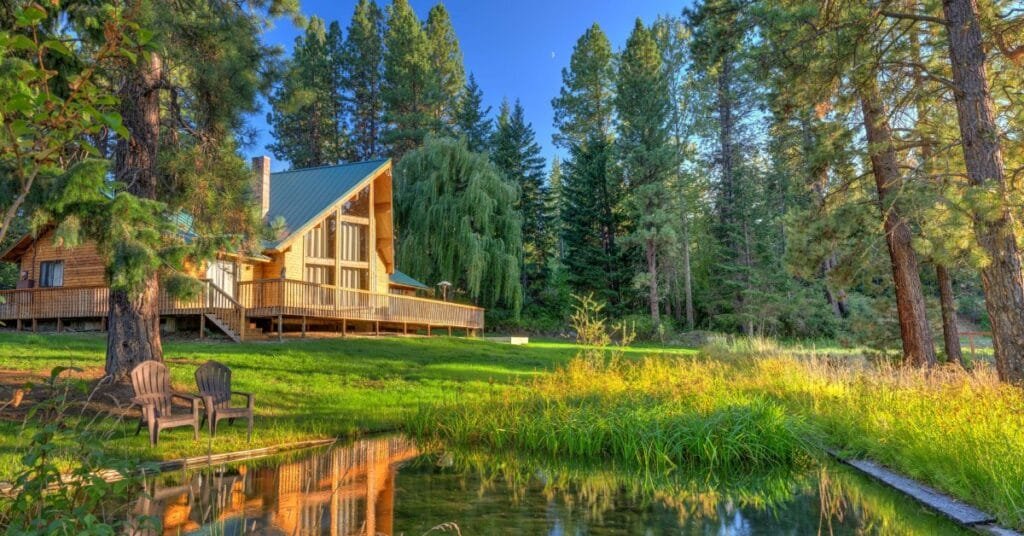Retirement brings the opportunity to redefine where and how you want to live. Many people consider scenic surroundings as part of their dream lifestyle. Homes with water features—such as large properties with commercial-sized ponds, private lakes, or extensive hardscape designs—often create that tranquil, resort-style atmosphere.
However, behind the beauty lies a mix of financial, practical, and seasonal considerations. Before purchasing a property with a major water feature, take time to explore what that investment truly involves.
Lifestyle Benefits Appeal to Many Retirees
For retirees who enjoy gardening, relaxing outdoors, or hosting family gatherings, water features often enrich daily life. A pond with koi fish, a cascading waterfall, or a serene lake view can turn a regular home into a peaceful retreat. These features encourage time outside, create relaxing sounds, and support hobbies like birdwatching or photography.
You should invest in homes with large water features if your retirement vision includes spending more time outdoors in a visually stimulating environment. When a property supports your emotional well-being and invites you to slow down, the purchase becomes so much more than just dollars and cents.
Water Features Can Strengthen Resale Appeal
In markets where natural beauty plays a role in home value, properties with impressive water features often stand out. A well-maintained pond or fountain attracts buyers seeking uniqueness, especially in rural or semi-rural retirement communities. A landscaped property with a water element frequently photographs well, giving sellers an advantage during online marketing.
You should invest in a home with large water features if you plan to sell later and want a home with standout curb appeal. Many buyers over 55 appreciate a move-in-ready lifestyle, and a water feature in good condition can check that box.
Long-Term Maintenance Requires Realistic Planning
Maintaining large water features involves more than occasional cleaning. Pumps, filters, liners, and irrigation systems all require regular checks and possible replacements. Algae blooms, falling leaves, mosquitoes, and fluctuating water levels introduce ongoing work and potential expenses.
Each pond liner option—PVC, EPDM, RPE, or concrete—comes with specific advantages and limitations. There are many pros and cons to different types of pond liners, like eco-friendliness versus maintenance costs, so knowing what the property uses is important for evaluating the liner’s condition and longevity. A failing liner can lead to water loss or even structural problems.
Climate and Location Change the Equation
Before buying, consider how local weather patterns interact with water features. Northern climates bring risks of frozen pipes, cracked liners, and ice expansion. Arid areas may require constant refills and raise utility costs that exacerbate environmental concerns. Some regions impose permitting requirements or restrict water usage altogether.
Ask about historical water bills, inspection records, and past repairs. You should also visit during different times of the year to see how the feature behaves through seasonal changes. A pleasant spring visit doesn’t always reveal harsh winter realities.
Retirement Shouldn’t Add Stress
Large water features offer undeniable charm, but they also introduce responsibility. Before you invest, consider your personal interest in maintenance and your physical ability to manage outdoor systems. While some retirees enjoy the work, others would rather avoid the commitment.
Think about your time, resources, and priorities. If the water feature feels like a gift instead of a chore, the home may suit you perfectly. But if upkeep becomes a burden, peace of mind can quickly turn into frustration.
